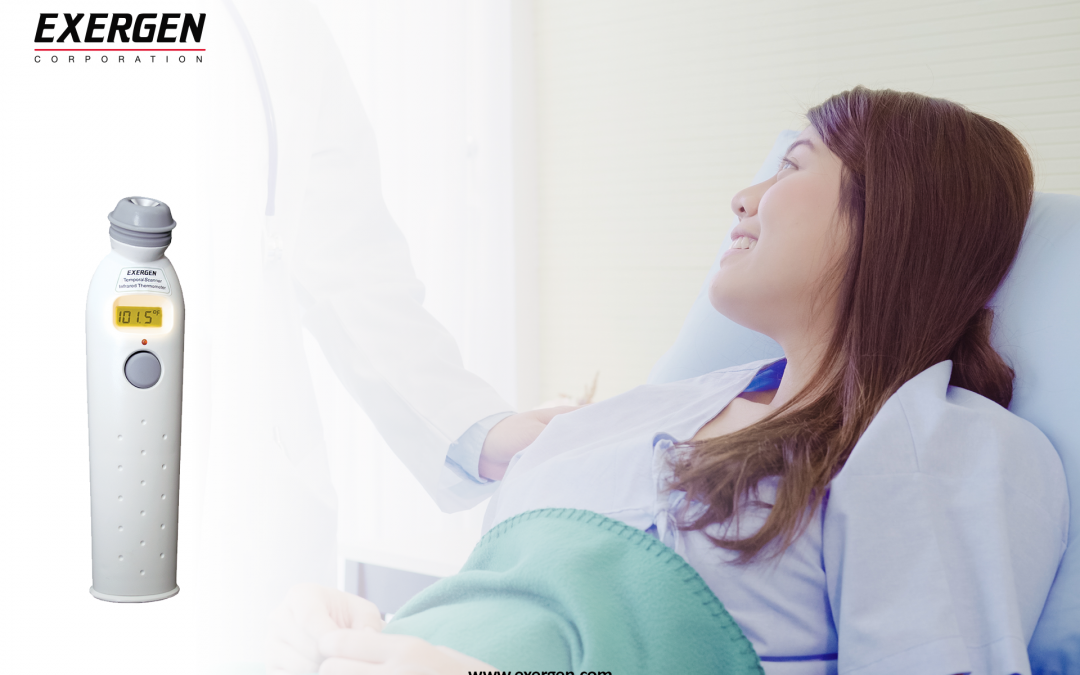Temporal artery body temperature has a “prediction” capability over ear thermometers. Specifically, it knows body temperature about 60 minutes earlier than ear thermometers.
Let’s talk about a real case. Johns Hopkins Hospital, one of the most prestigious hospital in the world, receives countless patients with various diseases from all over the world every day, and the operating rooms are often full. After the operation, the patients will be moved to PACU for observation. Only after the body temperature and other vital signs have returned to a certain thresholds, can the patients be transferred to the ICU for further monitoring.
One of the problems that Johns Hopkins often faced was that patients coming out of the OR didn’t have beds for them in PACU. Hospital management took it seriously and asked the PACU head nurse why the patients had stayed in PACU for so long. The answer was that the patient’s body temperature had not yet returned to the one specified in the discharge procedure. When the management team was going to ask the board of directors’approval for hundreds of millions of dollar funds to expand the PACU, Exergen conducted a temperature comparison with ear thermometers used in the PACU. When the patient recovered for a certain period of time, the temperature measured by the ear thermometer is still lower than the threshold of the PACU discharge, while the temporal artery thermometer showed the body temperature had reached the threshold. The reason for that is the temporal artery thermometer measures the core body temperature of the human heart. When the core body temperature reaches the threshold set by the hospital, the temporal artery thermometer can measure it immediately. The ear thermometer measures the temperature of the tympanic. The cartilage tissue behind the tympanic membrane has poor thermal conductivity, and it takes about 60 minutes to conduct the core temperature to the tympanic membrane. The management leaders were very happy for saving a large amount of expansion funds, and immediately decided to replace all thermometers in the hospital with Exergen temporal artery thermometers.
In the same way, the values of the temporal artery thermometer and the rectal temperature are almost the same when the body temperature is stable. However, when the body temperature starts to change, for example, the body starts to have a fever or after taking antifebrile drugs, the temporal artery thermometer can first detect the change in core body temperature, while the rectal temperature will lag about 60 minutes, and wait for the new body temperature slowly transmitted to rectum.
Therefore, when the temperature measured by the temporal artery thermometer is significantly different from that measured by other parts of the body, the temperature lag factor in that part should be taken into account.


Recent Comments